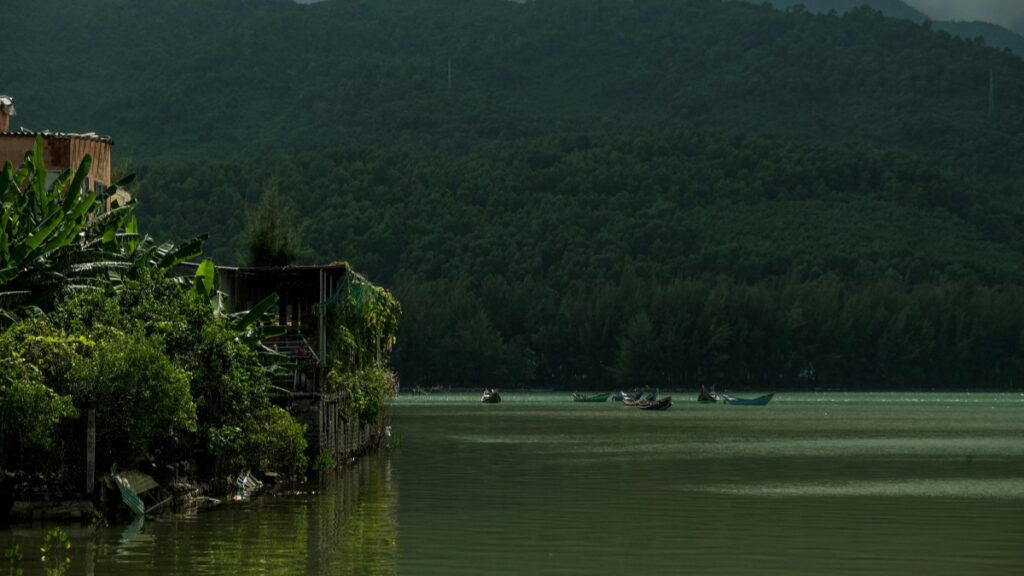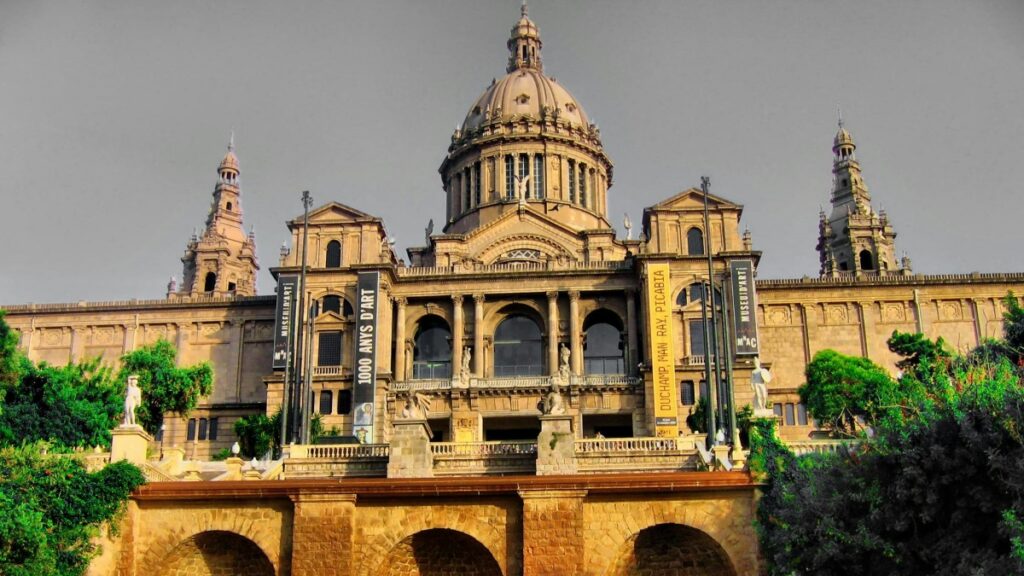💡 Quick Context — why Zimbabwe brands should care about Chile creators
If you’re a Zimbabwe advertiser planning a socially responsible initiative — think climate resilience, women’s empowerment, or safe-tech education — partnering with creators in Chile can bring authentic Latin American perspectives, bilingual reach, and creative storytelling that cuts through the noise. But it’s not just “hire someone with followers.” Brands that actually move the needle on social issues need creators who understand community organising, respect local struggles, and can credibly link content to measurable action.
Recent thinking from the tech-and-solidarity world backs this up: sociologist Firuzeh Shokooh Valle highlights worker-owned tech co-ops and community-first platforms as models for ethical digital work (see her 2023 book). One example, the Sulá Batsú co-op in Costa Rica, shows how collectivist structures can reshape online norms and promote positive cultural outcomes — something your Chile collaborations can learn from.
At the same time, the advertising landscape is getting smarter and more automated. A GlobeNewswire report (2025-09-09) flags programmatic and AI-driven ad growth, meaning your media dollars will be stretched further if you combine paid distribution with creator content. In short: pick creators who are credible, pair them with programmatic distribution where it fits, and design campaigns with real accountability.
This guide walks you through practical search strategies, vetting checklists, outreach templates, budget realities, and measurement setups so you don’t waste time or money chasing vanity metrics. I’ll be blunt and street-smart about what works — because nobody in Harare wants to pay premium rates for fake reach. Let’s get into the maps, tools, and contract lines that make Chile partnerships actually work.
📊 Data Snapshot — Creators by Tier (reach, engagement, cost)
| 🧩 Metric | Option A | Option B | Option C |
|---|---|---|---|
| 👥 Monthly Active | 10.000 | 100.000 | 1.200.000 |
| 📈 Avg Engagement | 6% | 3,2% | 1,1% |
| 💰 Avg Cost per Post | $75 | $500 | $5.000 |
| 🎯 Best for | Community campaigns/local actions | Regional initiatives/advocacy | National awareness/policy-level reach |
The table sketches three typical creator tiers you’ll encounter when scouting in Chile. Option A (micro-creators) deliver strong engagement and community trust at low cost — perfect for pilot projects and co-created grassroots work. Option B (meso) balances scale and credibility, useful for multi-city campaigns or measurable sign-up drives. Option C (macro) gives mass reach but often lower engagement and higher costs — good for awareness spikes or national fundraising pushes. Use micro creators for depth, meso for scale, and macro only when you need broad recognition and have a clear conversion plan backed by paid media (remember the programmatic push from GlobeNewswire to amplify impact efficiently).”
## 😎 MaTitie TIME TO SHINE
Hi, I’m MaTitie — the author here, a man who loves a good deal and proper access to the internet. I’ve tested VPNs, backed creators, and watched campaigns go from small sparks to loud conversations.
Let’s be real — some platforms can be tricky from Zimbabwe, and privacy matters when you’re coordinating cross-border outreach. If you want reliable access and speed while researching creators in Chile, use a VPN you can trust.
👉 🔐 Try NordVPN now — 30-day risk-free. It helps with secure research, faster streaming of creator reels, and keeping your comms private during negotiation.
> *This post contains affiliate links. If you buy something through them, MaTitie might earn a small commission.*
*(Appreciate it, bro — every little bit helps.)*
## 💡 How to find Chile Instagram creators — a step-by-step playbook
1) Start with research stacks (no, not just hashtags)
– Use Instagram search strings in Spanish: try hashtags like #influencerChile, #creadoresChile, #sustentabilidadChile, #emprendedorasChile, #comunidadChile. Add city tags: Santiago, Valparaíso, Concepción.
– Check content hubs and community pages — Chile has tight local scenes (food, surfing, urban farming). Find community aggregators, then follow their tagged creators.
– Use BaoLiba to shortlist creators by region and category — it’s faster than sifting through endless Reels.
2) Use platform tools & reverse-search
– Instagram’s “Suggested” and “Accounts like this” are messy but useful. Start with 3 solid creators and expand via suggestions.
– Search keywords in Spanish on YouTube and TikTok for creators who cross-post — cross-platform creators tend to have stronger storytelling chops.
3) Vet for values, not just vanity
– Read bios and pinned posts. Does the creator talk about causes? Do they show past partnerships? Are they transparent about paid content?
– Look for indicators of sustained community work: recurring fundraisers, long-term collaborations with NGOs, or posts that document on-the-ground impact.
– Remember the Sulá Batsú model from Firuzeh Shokooh Valle’s work: collectivist and community-first structures often mean the creator is part of a broader, values-driven network.
4) Check engagement quality
– Engagement rate is more useful than follower count. Look at comments: are they places for real conversation or just emojis?
– Spot-check a creator’s followers for diversity and authenticity. Fake accounts often show stock-avatar profiles and repeated usernames.
5) Outreach like a human, not a bot
– Personalise your first message. Reference a recent post and explain why your initiative matters to Chile audiences. Offer clear deliverables and impact metrics.
– Ask for a media kit and case studies. Request references from previous NGOs or civic campaigns if available.
– Be upfront about budgets, timelines, and expected outcomes. If you have paid media (programmatic), mention the amplification plan — creators love campaigns where their content gets proper reach.
6) Payment & contracts
– Agree on currency (USD works, but many creators accept CLP or payments via Wise/PayPal).
– Use a simple contract that covers deliverables, timelines, rights (usage duration), content approvals, and a clause about fact-checking / sensitivity for social causes.
– Include impact KPIs: sign-ups, donations, resource distribution, or policy commitments — whatever you can measure.
7) Localise messaging — don’t parachute in
– Work with creators to craft messaging that resonates locally. Phrases, idioms, and local cultural references matter.
– Avoid top-down messaging. Co-create content with the creator and, where possible, local community members.
8) Measure and iterate
– Use mixed metrics: reach + engagement + action (donations, sign-ups, volunteer numbers) + qualitative feedback from community leaders.
– Share a short impact report with creators — it builds trust for future work.
## 📢 Practical outreach templates (short & sweet)
– DM opener (Spanish): “Hola [Name], me gustó mucho tu post sobre [topic]. Soy de [Brand] en Zimbabwe, y estamos lanzando una campaña sobre [cause] en Chile. ¿Podemos hablar de cómo colaborar con la comunidad local?”
– Email subject: “Potential collab — [Brand] x [Creator name] for [cause]”
– Key ask: 1 reel (story-telling), 2 static posts, 1 live Q&A with community CTA. Clear CTA: sign-up/donate/share.
## 🙋 Frequently Asked Questions
❓ **How do I vet Chile creators for social responsibility?**
💬 *Start with their content history — look for repeated community work and partnerships with organisations. Ask for case studies and references; if they’ve worked with co-ops or community groups (think Sulá Batsú-style ethics), that’s a good sign.*
🛠️ **What if I find engagement but suspect fake followers?**
💬 *Check comment quality, follower names, and sudden follower spikes. Use basic tools (IG analytics via BaoLiba or third-party checks). If in doubt, run a small paid pilot to test real-world actions before committing large budgets.*
🧠 **How do I measure actual social impact from an IG campaign?**
💬 *Set mixed KPIs up front: reach + engagement + action metrics (sign-ups, donations, attendance). Combine quantitative data with qualitative feedback — interviews with beneficiaries, creator reflections, and short community surveys.*
## 🧩 Final Thoughts…
Working with Chile Instagram creators can be a game-changer for Zimbabwe advertisers who want authenticity and meaningful impact. The trick is to prioritise creators with community credibility, structure campaigns with clear action pathways, and use smart distribution (programmatic amplification where relevant) to stretch budgets. Learn from solidarity-first models (like the cooperatives discussed by Firuzeh Shokooh Valle) and avoid the trap of paying for reach alone.
If you approach collaborations as partnerships — not one-off posts — you’ll get real stories, measurable results, and repeatable impact. And remember: small creators often bring the deepest change.
## 📚 Further Reading
Here are 3 recent articles that give more context to this topic — all selected from verified sources. Feel free to explore 👇
🔸 I added the figure 4 stretch to my routine — and now my hips and glutes feel looser, lighter, and stronger
🗞️ Source: Tom’s Guide – 📅 2025-09-09
🔗 Read Article
🔸 Cosi Festival in the Park celebrates community
🗞️ Source: The Daily World – 📅 2025-09-09
🔗 Read Article
🔸 Corteiz Clothing – The Rise of a UK Streetwear Icon
🗞️ Source: TechBullion – 📅 2025-09-09
🔗 Read Article
## 😅 A Quick Shameless Plug (Hope You Don’t Mind)
If you’re creating on Instagram, TikTok, or YouTube — don’t let your content get lost.
🔥 Join **BaoLiba** — the global ranking hub built to spotlight creators like YOU.
✅ Ranked by region & category
✅ Trusted by fans in 100+ countries
🎁 **Limited-Time Offer:** Get **1 month of FREE homepage promotion** when you join now!
Feel free to reach out anytime: [email protected]
We usually respond within 24–48 hours.
## 📌 Disclaimer
> This post blends publicly available info, reporting (including a GlobeNewswire market insight on programmatic ads, 2025-09-09), and ideas inspired by Firuzeh Shokooh Valle’s 2023 work on solidarity technopolitics. It’s for guidance and planning — verify details with creators and legal counsel before signing contracts. If anything looks off, ping me at BaoLiba and we’ll sort it.


